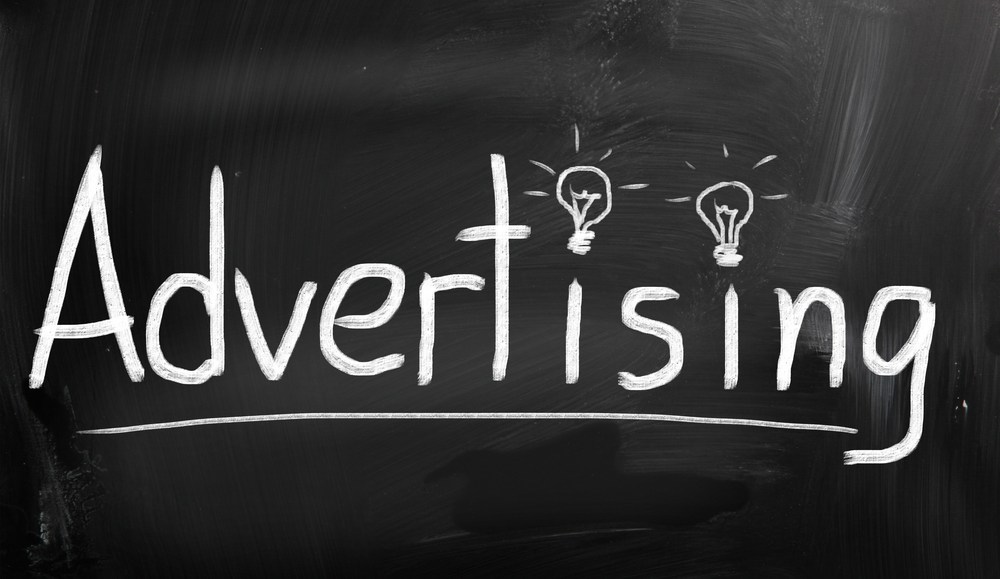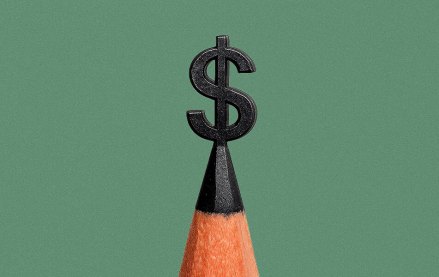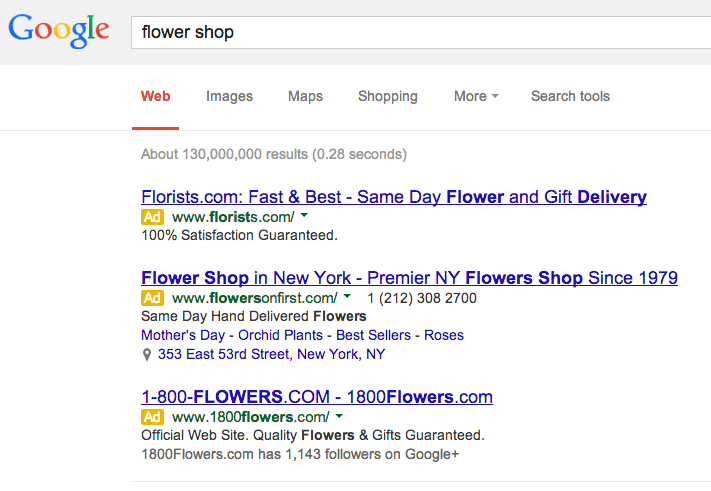Insights from CTV leaders at Dentsu, Horizon Media and more

The Federal Trade Commission spent a full day yesterday, listening to 22 representatives from publishing, technology and academia to tackle that most thorny of questions: How to label native advertising.
There were arguments on all sides, with one academic even suggesting the need to study how the eye’s fovea perceives various labeling. Publishers hedged, they cautioned against the dreaded “one-size-fits-all” approach since native ads can apparently vary so widely. That’s why there is a BrandVoice on Forbes, Featured Partners on BuzzFeed, “From Around the Web” from Outbrain, “You May Like” from Tablooa, and so on.
Coincidentally, most also paid fealty to paid search listings, hailed as the original native ad format: a form of content, perfectly suited to the environment, and found genuinely useful to consumers who click away to the tune of billions for Google’s coffers. Perhaps then the industry should keep it simple and cast its gaze on how Google has settled on labeling this “native” format:
More in Media

Ad Tech Briefing: The ‘plumbers’ posing as the unlikely saviors of the internet
After several false dawns, can Cloudflare’s ‘anti-AI scraping tool’ finally offer publishers a road to commercial redemption?

Generative AI, not ad tech, is the new antitrust battleground for Google
Global regulatory scrutiny is shifting from Google’s ad tech and search dominance to generative AI, as they aim to address the most pressing threats to publisher business models.

Yahoo takes cues from platforms as it offers more editorial control to creators
Through its creator program, Yahoo is evolving from its roots as a content aggregator and editorial publisher to more of a distribution platform for individual creators.






